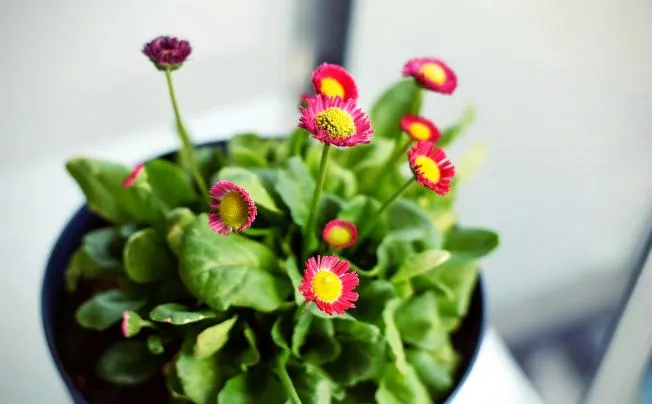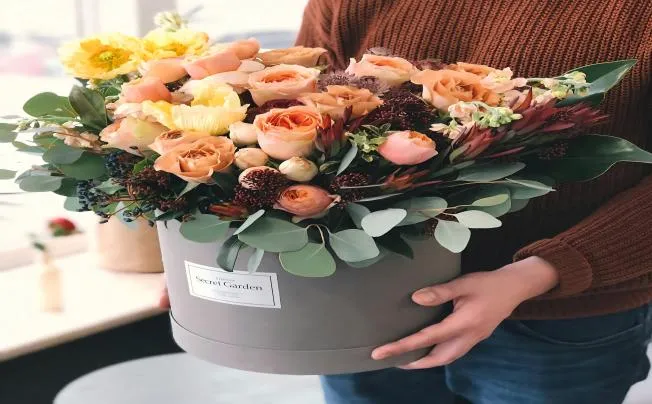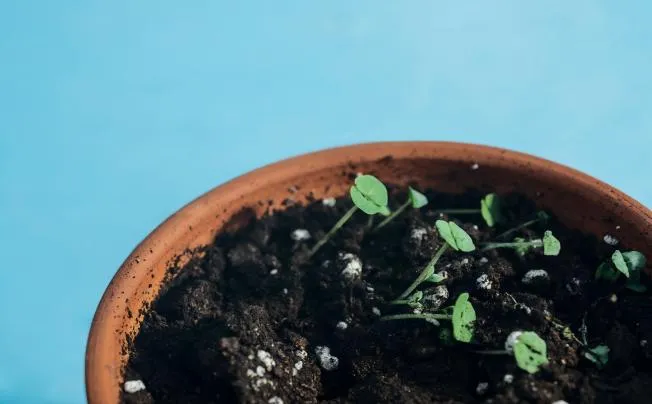Do I Need To Line A Stainless Steel Flower Pot?
With their own beauty, stainless steel flower pots stand out among the various flower pot materials and are quickly becoming the preferred choice for landscape designers and gardening aficionados.
The role of lining in stainless steel flower pots
1. Protection against rusting
Stainless steel can corrode due to a variety of compounds found in soil, including moisture and acidic or alkaline components. Long-term contact between soil and stainless steel causes moisture to create an electrolyte environment between the two, speeding up the oxidation cycle and ultimately leading to rust. The lining significantly prolongs the stainless steel flower pot's service life by acting as a solid barrier between the soil and the metal, preventing the corrosion reaction.
2. Temperature regulation
When exposed to direct sunlight during the hot summer months, the temperature of the stainless steel flower pot will rise quickly. The lining can act as a kind of heat insulation by lowering the amount of heat that transfers from the flower pot's wall to the soil, which lowers the soil's temperature and keeps the plant roots from being harmed by overheating. The lining can help keep the soil from losing too much heat during the cold winter months, which will keep the soil temperature from dropping too much and provide a reasonably steady temperature for the roots of plants.
3. Make the most of the planting experience
You can save time and effort and prevent harm to the plant roots by simply lifting the handle to remove the entire liner from the pot with the plant when switching plants or rearranging the planting arrangement. Certain linings feature water holes on the bottom to allow excess water to be drained quickly and stop soil waterlogging from rotting plant roots. Additionally, to a certain degree, the lining can preserve the stability of the soil structure. The soil is less likely to be dispersed by outside forces during watering or routine upkeep, giving plants a more secure base on which to thrive.

Common lining material options
Lining made of plastic
Because of its excellent flexibility and water resistance, the plastic lining can successfully keep moisture and corrosive soil particles from coming into contact with the stainless steel pot wall. Its lightweight design makes replacement and installation a breeze, and the price is affordable. Polyethylene (PE) and polypropylene (PP) plastic liners are widely available. While the PP plastic lining is more chemically stable and heat resistant, the PE plastic lining is softer and more impact resistant. Consider the plastic lining's thickness and quality while making your selection. While a low-quality plastic lining may shatter easily and shorten its service life, a moderately thick plastic lining can offer superior protection.
Lining made of fibreglass
Glass fibre and resin are used to make the fibreglass liner, which has the benefits of being lightweight, strong, resistant to corrosion, and temperature-resistant. It is not easily deformed, has a high strength, and can tolerate higher pressure. It works well with deep or large flower pots made of stainless steel. Stainless steel flower pots with fibreglass linings are frequently utilized in some extensive landscape projects to guarantee the flower pots' solidity and longevity. Additionally, the fibreglass liner may be tailored to the flower pot's shape, fitting the interior precisely and offering complete protection. Fibreglass lining is somewhat expensive, though, so if money is tight, it might need to be carefully examined.
Non-woven lining
Because of its high air and water permeability, non-woven lining helps plant roots breathe and absorb water more effectively. It also serves as a filter to keep soil particles out of the drainage holes. It is reasonably priced, has a nice feel, and won't scratch the flower container. It is both cost-effective and useful to utilise non-woven lining for certain small potted plants.

When is a lining necessary?
Planting unique plants
Liners are especially important for planting plants that are highly sensitive to the pH and humidity of the soil. Blueberries, for instance, are a common acid-loving plant with high soil pH requirements that can thrive in acidic soils with a pH between 4.0 and 5.5. Direct planting of blueberries in stainless steel pots may result in a chemical reaction between the acidic soil and the steel, changing the pH of the soil and perhaps causing the pots to corrode. Liners can be used to keep the pH of the soil stable, separate the soil from the stainless steel, and provide an atmosphere that is conducive to blueberry growth.
Specific environmental conditions
Stainless steel pots are more likely to corrode in humid and saline-alkaline environments, and the importance of liners should not be understated. In saline-alkaline areas, like the seaside, the soil is highly salinised and the air contains a lot of salt; when stainless steel pots are exposed to these conditions and come into direct contact with the soil, the corrosion process will be accelerated by the salt and moisture. It is possible to effectively prevent saline-alkali substances from eroding stainless steel and prolong the service life of pots by adding liners.
What if you don't use a liner?
In some situations, liners are not necessary. The use of the flowerpot and the growth of the plants won't be significantly impacted by not using a liner if the plants being planted are not demanding on the soil environment and the planting environment is ideal, such as a dry, well-ventilated room free of corrosive factors like salinity. Spider plants and green radish are two examples of very adaptable green plants that can flourish even when planted straight into stainless steel containers. In this instance, planting can be made simpler and less expensive by not using a liner.

Selected Blogs
-
What customization services are available for metalworking customization?
2024-12-12
-
What Is The Difference Between A Plant Container And A Raised Bed?
2024-04-23
-
Garden Screening & Fence Panels
2024-04-23
-
Gardening pot selection tips
2024-04-17
-
The function and collocation of horticultural fire pot
2024-04-17


